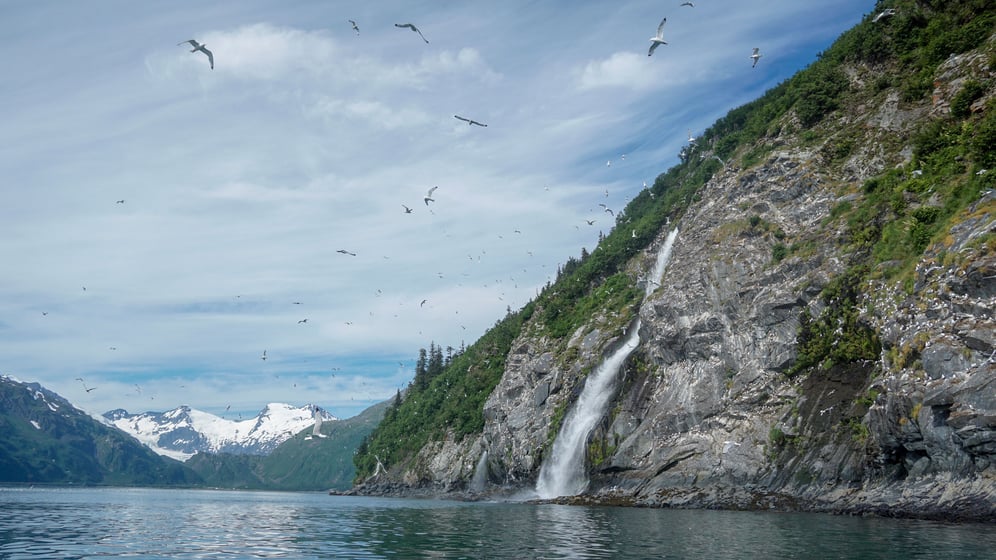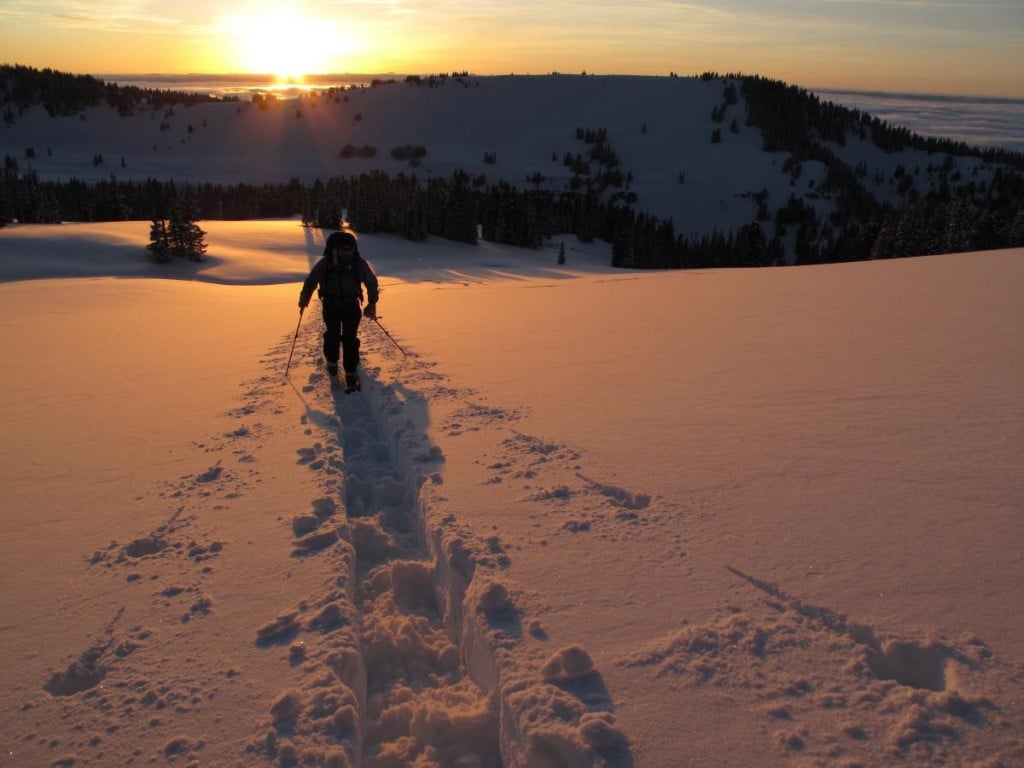
Now that summer has officially arrived, we can enjoy the hot temperatures, lush wildflowers, and rivers full with snowmelt. It brings to mind the need to stay hydrated.
Staying hydrated is important, though you must remember to purify your water before drinking if you're in the backcountry.
Maintaining water balance, in addition to preventing dehydration, helps our tolerance to heat, altitude and cold challenges. Hydration is important to health, yet over-hydration can make us ill. The mantra of "hydrate, hydrate and hydrate" is heard throughout the wilderness world. This can be good, and it can be bad. As in anything, moderation is a good habit.
How Should I Hydrate?
How much water should I drink? What temperature is best? What about salt and sugar? There are many answers to these questions depending on your physiology, activity and environmental conditions, and of course, on who you ask. The hydration needs of a sedentary and an active person will differ. We exercise at different rates, in heat and cold, dry air and humid air, at sea level and at altitude. Crafting one recommendation is challenging.
Competitive athletes can become very sensitive to exactly how much fluid they need. Some even weigh themselves before and after exercise to help figure out how much water they lose. We at NOLS Wilderness Medicine take the middle of the road and recommend 1/2 liter for every hour of moderately strenuous activity in moderately hot weather and a general target of drinking 4-5 liters a day while backpacking in the mountains. As you gain experience, you can fine-tune your intake.
Monitor your urine output for color and quantity—dark urine is a sign of dehydration, as are fatigue, irritability, poor thinking, thirst and headache.
What Should I Drink?
We sip hot and iced drinks, we drink cool and warm beverages. There is some data favoring the absorption of cool over warm beverages, but the differences would only impress a research scientist and probably don’t have a noticeable impact in the real world.
Likewise, most sports drinks have acceptable concentrations of sugar. Palatability seems as good a choice point as any. People argue whether sugar should be simple, complex or polymerized carbohydrate, and whether sports drinks provide enough sodium. This is primarily of interest to the competitive athlete.
On a wilderness expedition, I don’t get my nutrition by gulping a drink or an energy gel at a race rest station. My daily carbohydrate intake is based on meals and on-trail snacks.
Can I Drink Too Much Water?
The emphasis on hydration has brought to light the dangers of over-hydration and hyponatremia—low blood sodium. Prominent examples in the press have included Grand Canyon hikers and marathon runners. The hikers drink lots of water and don’t balance this with food—a source of electrolytes. The marathon runners are diligent in stopping at every drink station and ingest more fluid than they are losing through sweat.
Of critical importance in deciding if a patient may have hyponatremia is getting an accurate patient history. Relatively little salty food intake combined with relatively high fluid intake, say several liters in the last few hours, should make you highly suspicious.
Prevention, to quote wilderness medicine guru Buck Tilton, is “a matter of being sensible, which is so often the case.” Drink lots, yes, but eat salty foods regularly while exercising in heat.
Learn more about preparing for the unexpected in the backcountry.
Story from the 2005 issue of The Leader.
Written By
Tod Schimelpfenig
As a NOLS Instructor since 1973 and a WEMT, volunteer EMT on ambulance and search and rescue squads since the 70s, Tod Schimelpfenig has extensive experience with wilderness risk management. He has used this valuable experience to conduct safety reviews as well as serve as the NOLS Risk Management Director for eight years, the NOLS Rocky Mountain Director for six years, and three years on the board of directors of the Wilderness Medical Society, where he received the WMS Warren Bowman Award for lifetime contribution to the field of wilderness medicine. Tod is the founder of the Wilderness Risk Manager’s Committee, has spoken at numerous conferences on pre-hospital and wilderness medicine, including the Australian National Conference on Risk Management in Outdoor Recreation, and has taught wilderness medicine around the world. He has written numerous articles on educational program, risk management and wilderness medicine topics, and currently reviews articles for the Journal of Wilderness and Environmental Medicine. Additionally, he is the author of NOLS Wilderness Medicine and co-author of Risk Management for Outdoor Leaders, as well as multiple articles regarding wilderness medicine. Tod is the retired curriculum director for NOLS Wilderness Medicine and is an active wilderness medicine instructor



